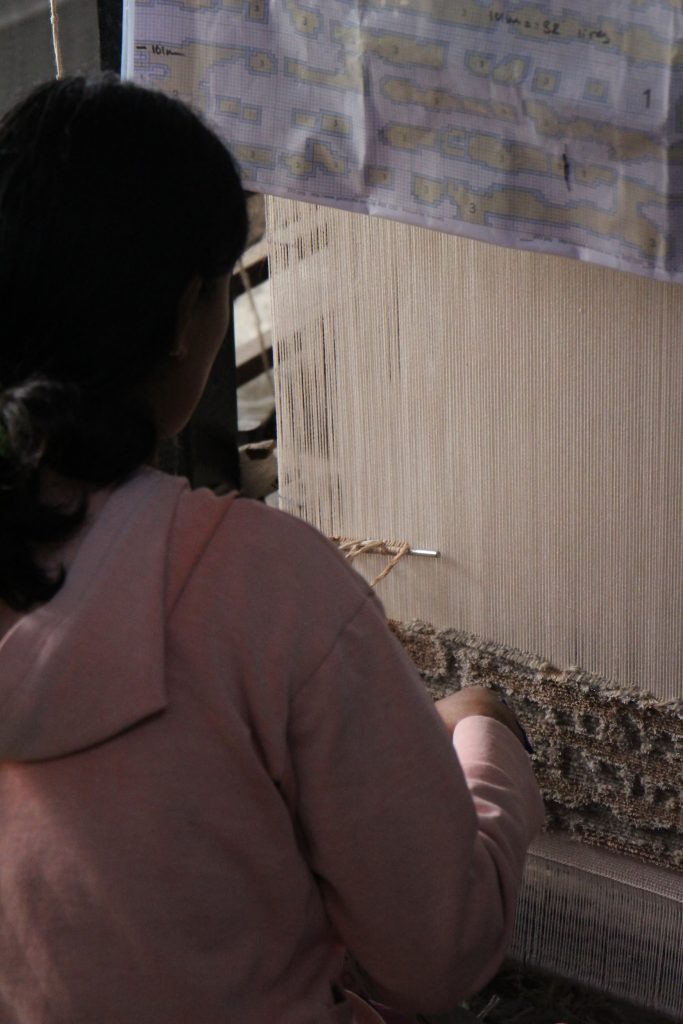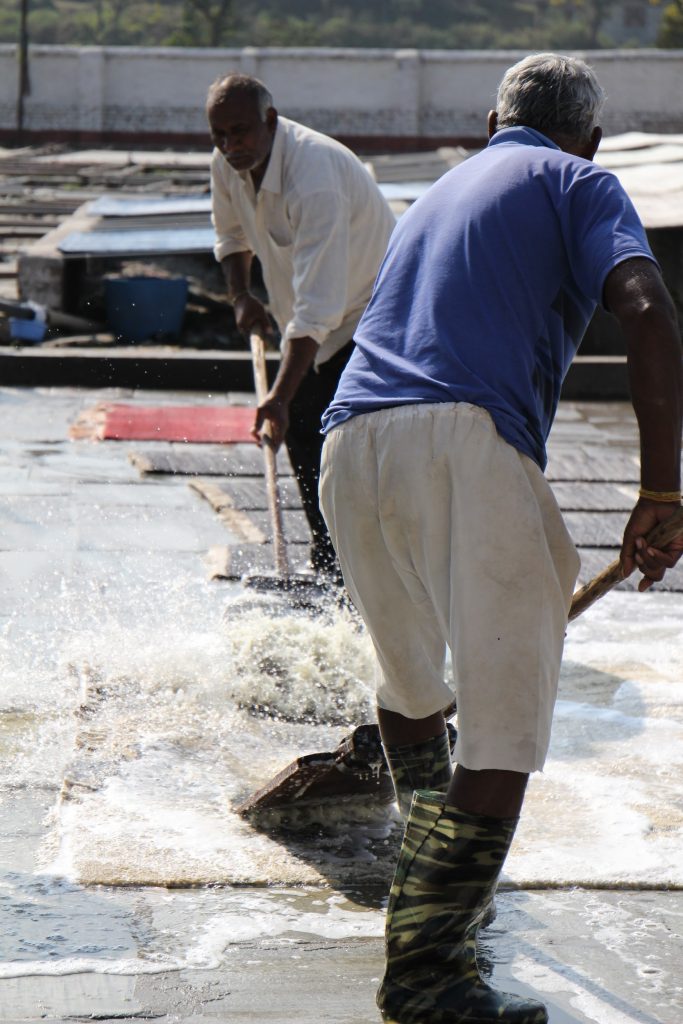
Handknot Rugs by Designer Rugs Help Continue an Ancient Traditional Art
In a world where almost everything is made by machine, it is rare to find anything that is still crafted by hand using techniques that have changed little over centuries.
Handknot rug making is a highly skilled craft, with each step in the process from the dying to the weaving, washing and trimming, done by hand. A finished rugs takes hundreds of hours to complete, and each one is unique, bearing the subtle differences and imperfections from the hands of the maker. With such a rare combination of history and craftsmanship, handknot rugs are truly remarkable objects that are unlike almost anything else being made today. At Denfair Melbourne in June, handknot rugs were the stars of Designer Rugs’ display, highlighting the contemporary design potential of this traditional art. Three contemporary handknot designs were featured, each very different from the other, emphasising the versatility of handknot rugs.
This versatility is due to the fact that each step in the process is bespoke to an individual design. Designer Rugs work with artisans in Nepal and India, helping to preserve a craft that has its origins in weaving techniques developed over two thousand years ago in Central Asia. True to these ancient origins, natural fibres including silk, wool, hemp, bamboo and linen are used to weave handknot rugs. These materials are not only used for the sake of tradition – natural materials are incredibly hard-wearing, tactile and the dying process leads to incredibly rich and subtle colours.
Dying is the start of the process, carried out by a highly skilled ‘dyemaster’ who carefully mixes and tests colours to order for individual designs. The material is then laid out to dry in the sun, and, once dried, spun into yarn to be used in the weaving process. It is the weaving that gives handknot rugs their name – the design is drawn onto a guide, and the weaver works by eye following the map to create the design. Each knot is tied around the cotton thread of the loom, with a single rug comprising of thousands of individual knots tied by hand and taking one weaver up to six months.
Once the weaving is complete, the rug must still be washed, dried, finished and trimmed or carved. Washing is a vigorous process that highlights the strength of the fibres and the handknot technique. Following the washing procedure, the rug is dried in the sun and measured, before the pile is trimmed by hand. Certain designs also make use of carving in which the pile height is varied, carved in intricate detail that adds further depth and texture to a rug.
Following recent trips to Nepal and India to see the process first hand, senior designer Christine McDonald was overwhelmed by the level of skill and time that each rug involved. ‘It is such a beautiful craft, and I appreciate more than ever the quality and timely process of manufacturing.’ she says. ‘From the alchemy dying process, through to the incredible artisans who sit so beautifully straight and cross-legged while weaving (knotting) the rugs, to the brutal washing method, it was a visual treat that I will never forget.’
The entire process is remarkably refined and precise for such an ancient craft, yet it is the subtle differences and imperfections, which result from being handmade at every step, that lend the rugs their unique edge. These irreplaceable subtleties are an enduring connection with the characteristics of the rugs’ creators, making every rug individual. Each rug is thus an important continuation of tradition and simultaneously a totally unique object.
Such a refined, detailed and time-consuming process imbues the final result with a quality that is irreplaceable, making handknot rugs the favourite of interior designers. Nina Maya of Nina Maya Interiors frequently works with Designer Rugs on her projects, and she is drawn to the timelessness of handknotted rugs. ‘I adore using handknotted rugs in my projects’, Nina says. ‘Each one is a true work of art that takes many months to complete and I love the fine textured detailing and soft muted natural colors.’
As times changes and such intensive handcrafted processes become increasingly rare, a handknotted rug becomes even more precious. Handknot rugs are so exquisitely made that they last for generations, becoming items that develop history in their own right. They are also a tangible connection to an artform that has endured for centuries and reminds us of the unique value of such traditional craft and beautiful natural materials.
































